Why “Soft” Isn’t Always Safe: What Most Parents Don’t Know About Baby Clothes in 2025
We’ve all done it—run our hands over a baby dress in the store, thought “Ooh, that’s soft!” and tossed it straight into the shopping basket. Because if it feels gentle, it must be gentle... right?
Not always.
Here’s the thing no one really tells new parents: that cloud-like softness can be sneaky. Many fabrics that feel lovely—like polyester or rayon—are actually synthetic, and during manufacturing, they’re treated with chemical softeners and dyes that stick around long after the dress hits the shelf.
When that treated fabric touches your baby’s ultra-sensitive skin? Cue rashes. Itching. Tiny red bumps. Heat flare-ups that come out of nowhere. Even wool can be irritating due to its coarse fibers or lanolin content.
Pro tip: Your safest bet? Certified organic cotton. It’s naturally breathable, unbleached, and free from sketchy pesticide residue.
Toxic Dyes + Baby Skin = Not a Match Made in Heaven
Those adorable, super-colorful infant dresses? Often processed with formaldehyde (known irritant), azo dyes (linked to cancer), and even phthalates (hello, hormone disruption).
A 2022 report from Business Insider found trace toxins and heavy metals in baby clothes from fast-fashion brands. These garments are barely regulated, and babywear isn’t always the exception.
Red flag: If a new outfit smells like chemicals or dye? That’s your cue. Wash thoroughly before first wear. And if the brand isn’t transparent about materials? Skip it.
Those Fabric Tags? Here's How to Read Between the Threads
“Natural.” “Eco-conscious.” “Soft touch.” These sound great—but often mean nothing legally.
What matters more:
- Third-party certifications like GOTS or OEKO-TEX®
- Details about dye methods and factory transparency
- Fabric blends explained in plain English
What to Watch Out For in Infant Dresses
Let’s talk common culprits:
- Acrylic blends: Found in winter wear, but can irritate in warmer months.
- Cotton-poly blends: Trap heat and sweat—bad news for baby skin.
- Chemically dyed cotton: Even natural fabric can carry toxic baggage.
And remember—babies can’t say “this is scratchy.” Fussing, rashes, and heat bumps often say it for them.
The Trouble with Bows, Sequins & “Too Cute” Extras
We know—the satin bow is adorable. But it can chafe, and sequins can fall off. Plastic trims and glued embellishments? Possible choking hazards.
Better bet: Go minimal. A beautifully made organic outfit is still Instagram-worthy—and baby-friendly.
How to Decode Tags Like a Pro Parent
Watch out for buzzwords like:
- “Wrinkle-free,” “Easy-care,” or “Flame-resistant” (chemical alerts!)
- “100% cotton” with no certifications (not always safe)
- No mention of where or how the fabric was made
Brands that truly care will tell you everything—materials, origin, dyes, labor ethics. If they don’t? Move on.
So... What Can You Trust? These Fabrics Work in 2025
- GOTS-certified organic cotton: Soft, breathable, toxin-free
- Bamboo viscose: Hypoallergenic and antibacterial
- Muslin: Ideal for warm weather and eczema-prone skin
- Organic linen: Great for older babies and rougher play
These aren’t trends—they’re safe, functional, and long-lasting choices for baby clothes in 2025.
Safe & Stylish Baby Brands Parents Love in 2025
- 🍼 Finn + Emma: Organic, toxin-free, stylishly minimal
- 🍼 Colored Organics: Ethical, transparent, and adorable
Final Thoughts: Dressing Babies Shouldn’t Be a Gamble
Yes, the ruffled party dress looks adorable in photos. But the real flex? Dressing your child in clothing made with care—for their skin, their safety, and your peace of mind.
In 2025, we’re moving past fast fashion for babies. We’re asking better questions. We’re choosing fabrics that don’t just feel soft—they are safe.
And when your baby’s comfy, protected, and free to move? That’s when the real magic happens.
FAQs
1. Why can some infant dresses cause skin irritation?
Many baby dresses are made with synthetic fabrics, chemical dyes, or rough seams that can irritate a baby’s sensitive, absorbent skin.
2. What fabrics should I avoid when buying baby clothes?
Avoid polyester, nylon, acrylic blends, and “wrinkle-free” or “stain-resistant” materials—these often contain harsh chemicals.
3. What are the best fabrics for babies with sensitive skin?
Organic cotton, bamboo viscose, muslin cotton, and merino wool are soft, breathable, and gentle on delicate baby skin.
4. Can synthetic baby clothes cause eczema?
Yes. Rough or chemically treated fabrics can trigger eczema flare-ups or worsen existing skin conditions in infants.
5. Why is organic cotton better for baby clothes?
Organic cotton is grown without harmful pesticides and is softer and more breathable—making it ideal for delicate skin.
6. What is bamboo viscose, and is it safe for babies?
Bamboo viscose is a hypoallergenic, silky-soft fabric that keeps babies cool and comfortable, especially in warmer climates.
7. Are frilly or glittery baby dresses harmful?
They can be. Lace, sequins, or glitter often have rough backings or contain chemical treatments that irritate baby skin.
8. Should I wash baby clothes before first use?
Always! Washing removes any leftover dyes, dust, or chemical residues from the manufacturing process.
9. How can I tell if a baby outfit has been chemically treated?
Look for labels that mention “wrinkle-free,” “stain-resistant,” or have a strong chemical smell—these often signal additives.
10. What are the signs a baby is reacting to their clothes?
Watch for redness, rashes, dry patches, or fussiness after dressing—these may signal fabric irritation or allergic reactions.
11. What are naturally dyed baby clothes?
These use plant-based or non-toxic dyes, reducing the risk of skin irritation while offering beautiful, gentle colors.
12. Is muslin safe for baby dresses?
Yes, muslin cotton is ultra-light, breathable, and great for layering—ideal for sensitive skin and all-day comfort.
13. Is merino wool safe for babies?
Surprisingly, yes—merino wool is non-itchy, temperature-regulating, and moisture-wicking, making it cozy yet gentle.
14. What tags should I look for when buying baby-safe clothes?
Look for “100% organic to ensure safe and chemical-free fabrics.
15. Can cute baby clothes also be skin-safe?
Definitely! Choose soft, breathable natural fabrics with thoughtful designs—your baby can be comfy and cute.


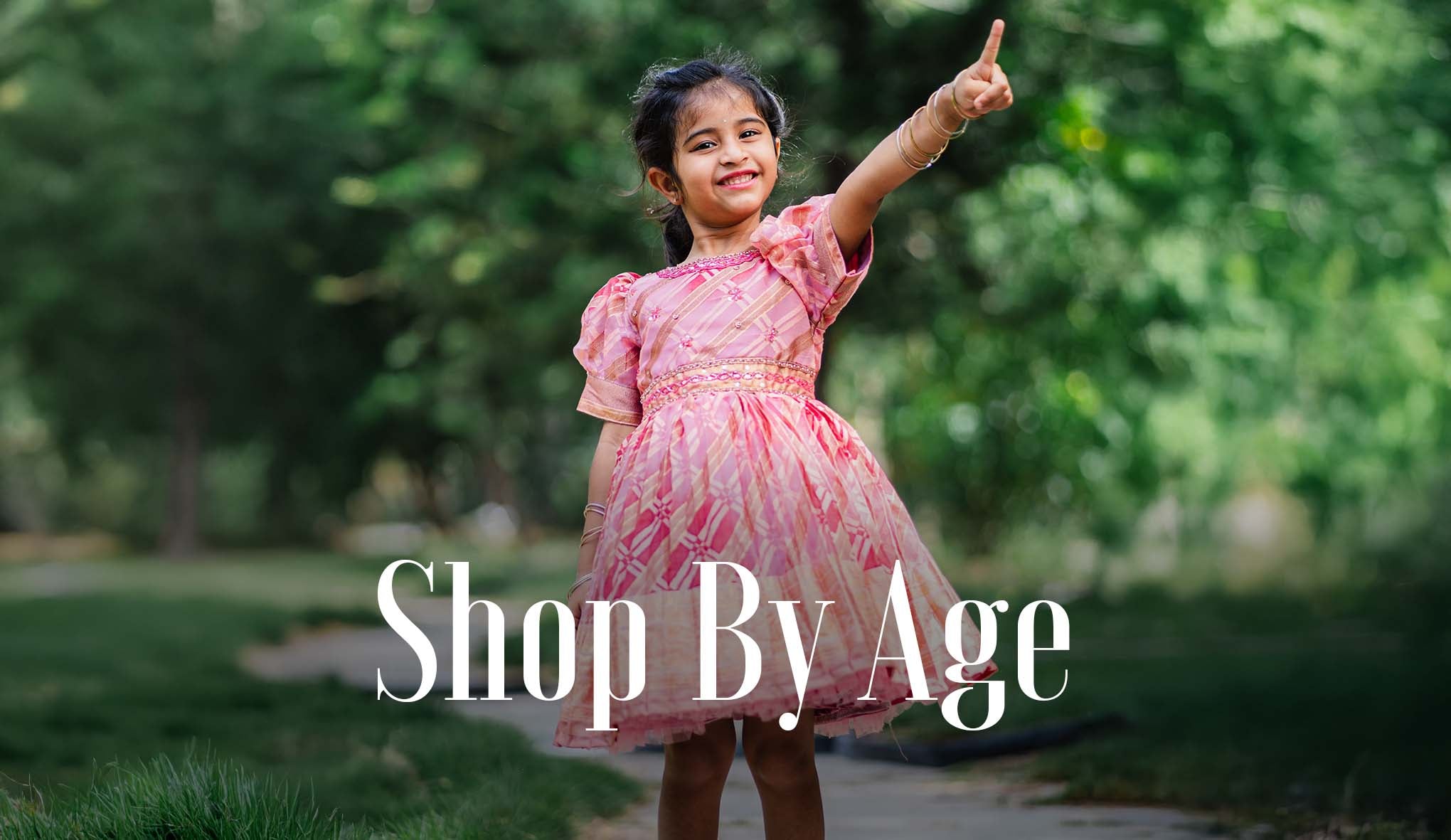
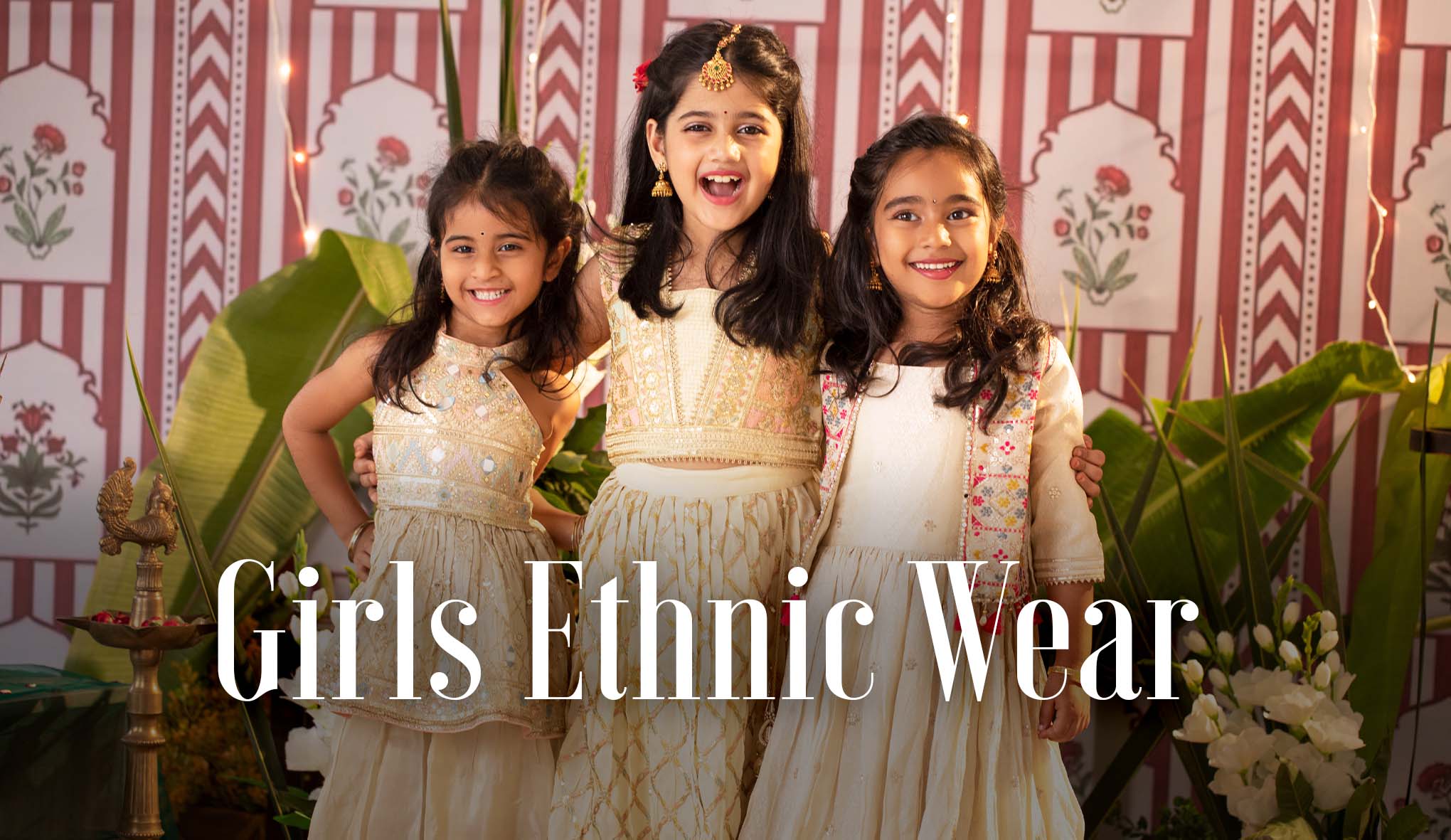
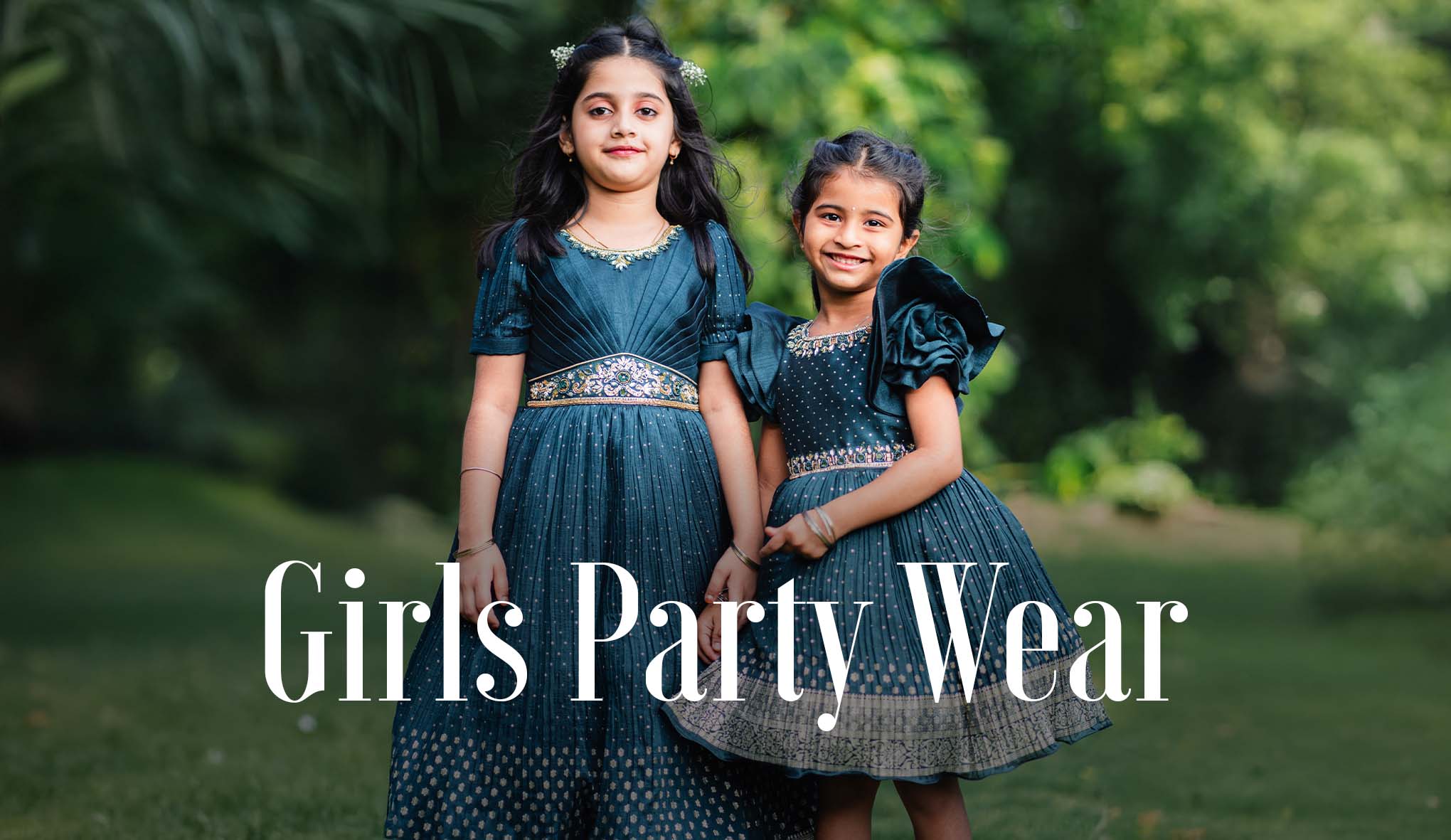
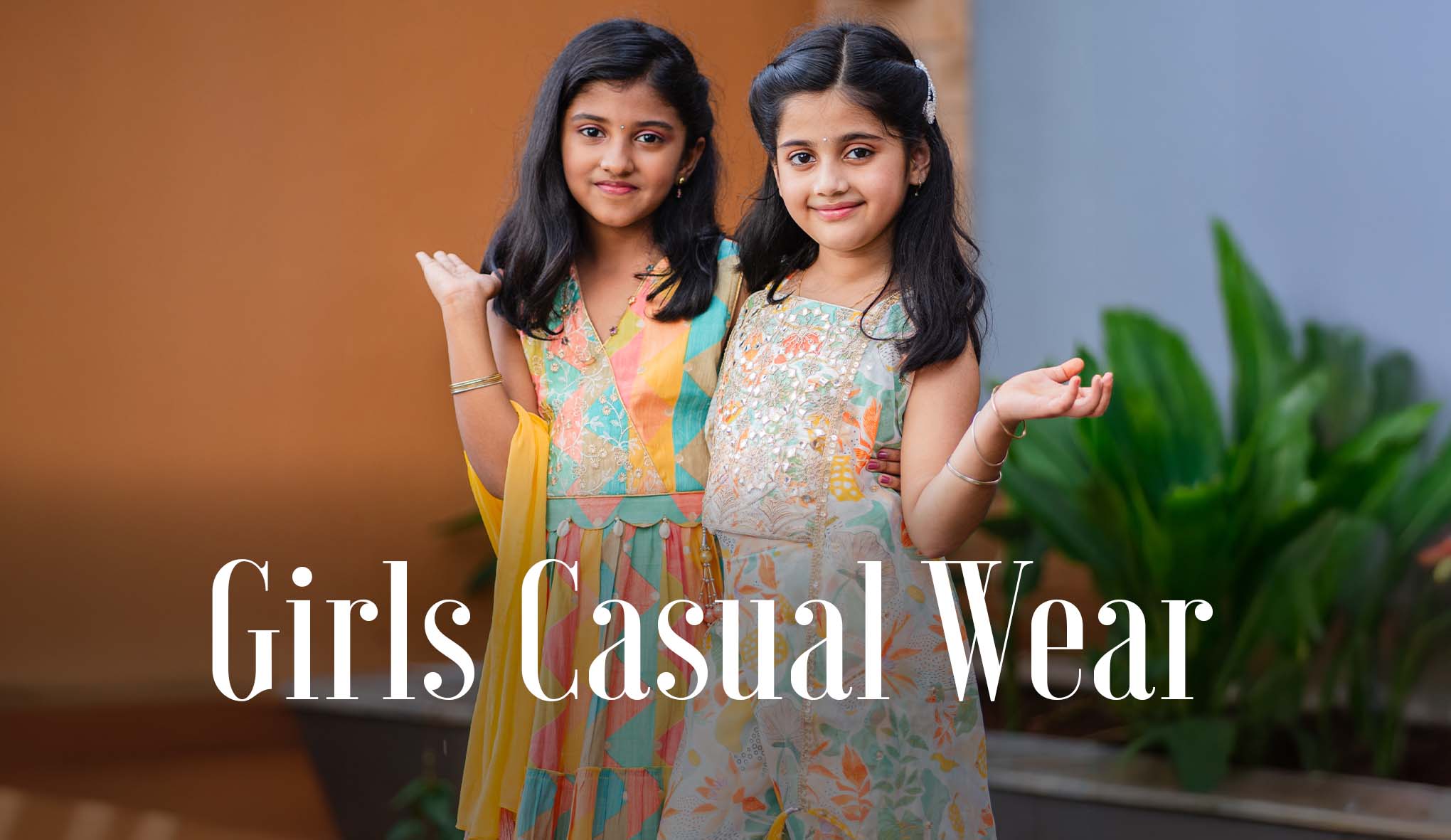
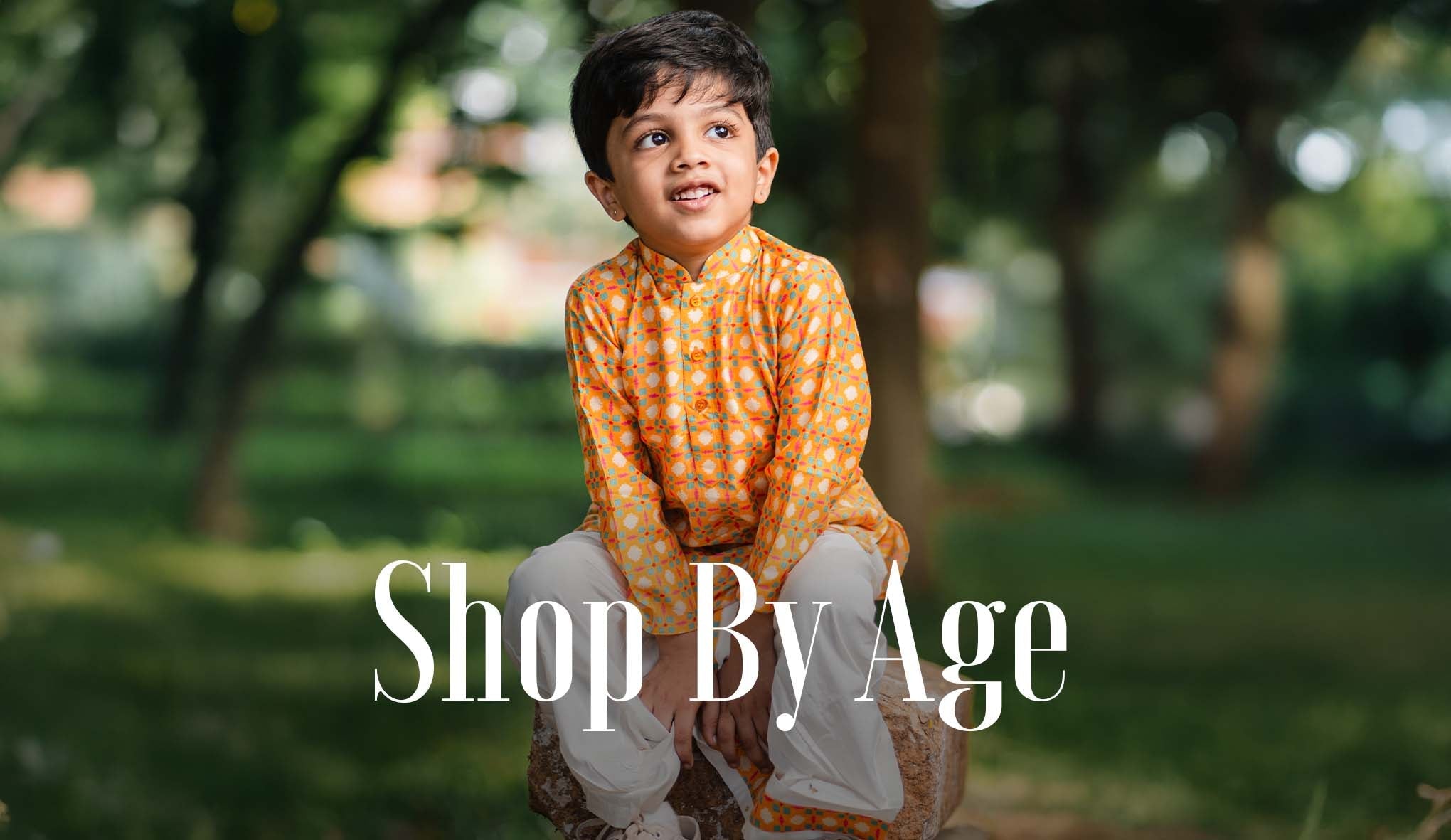
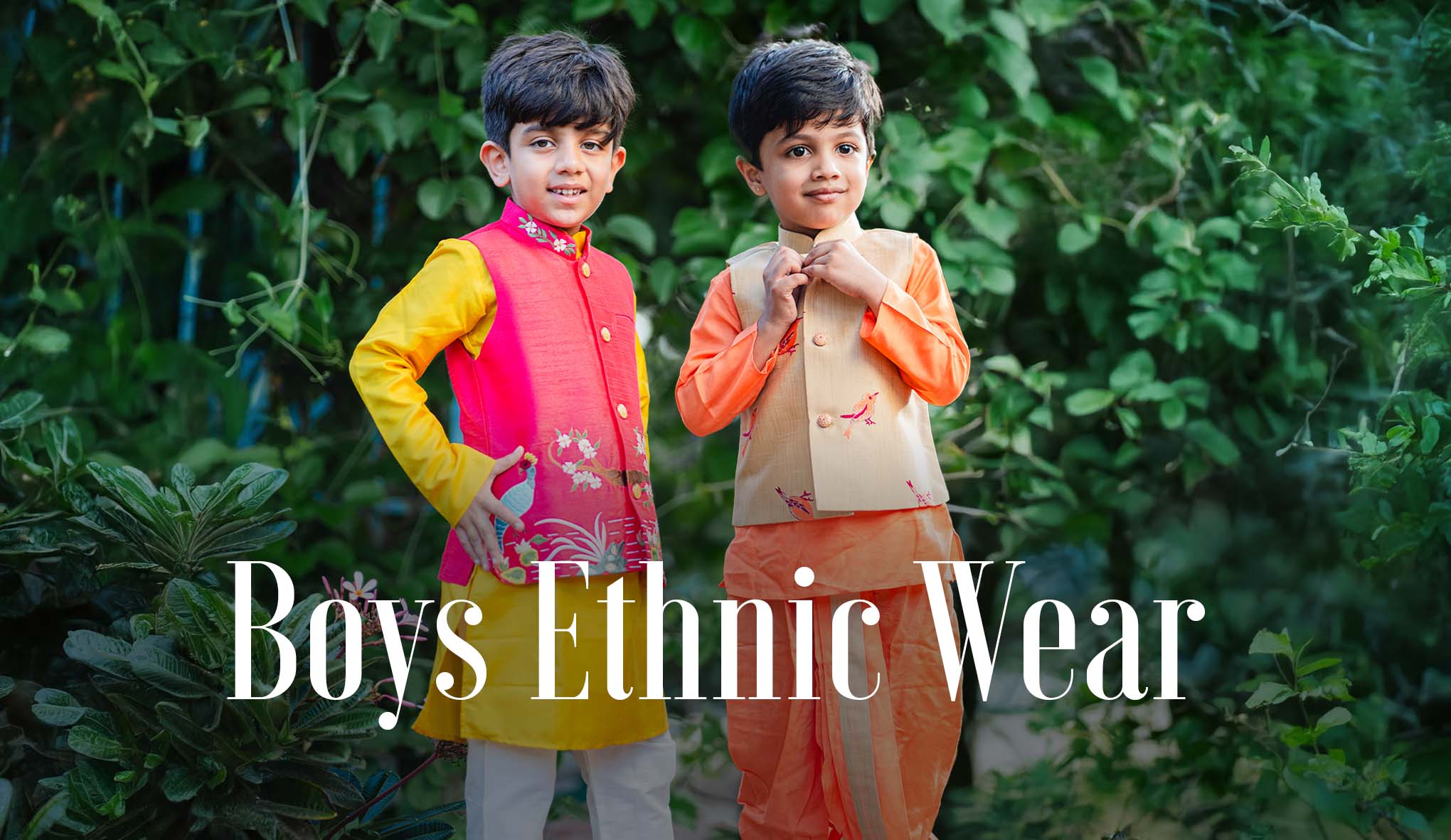
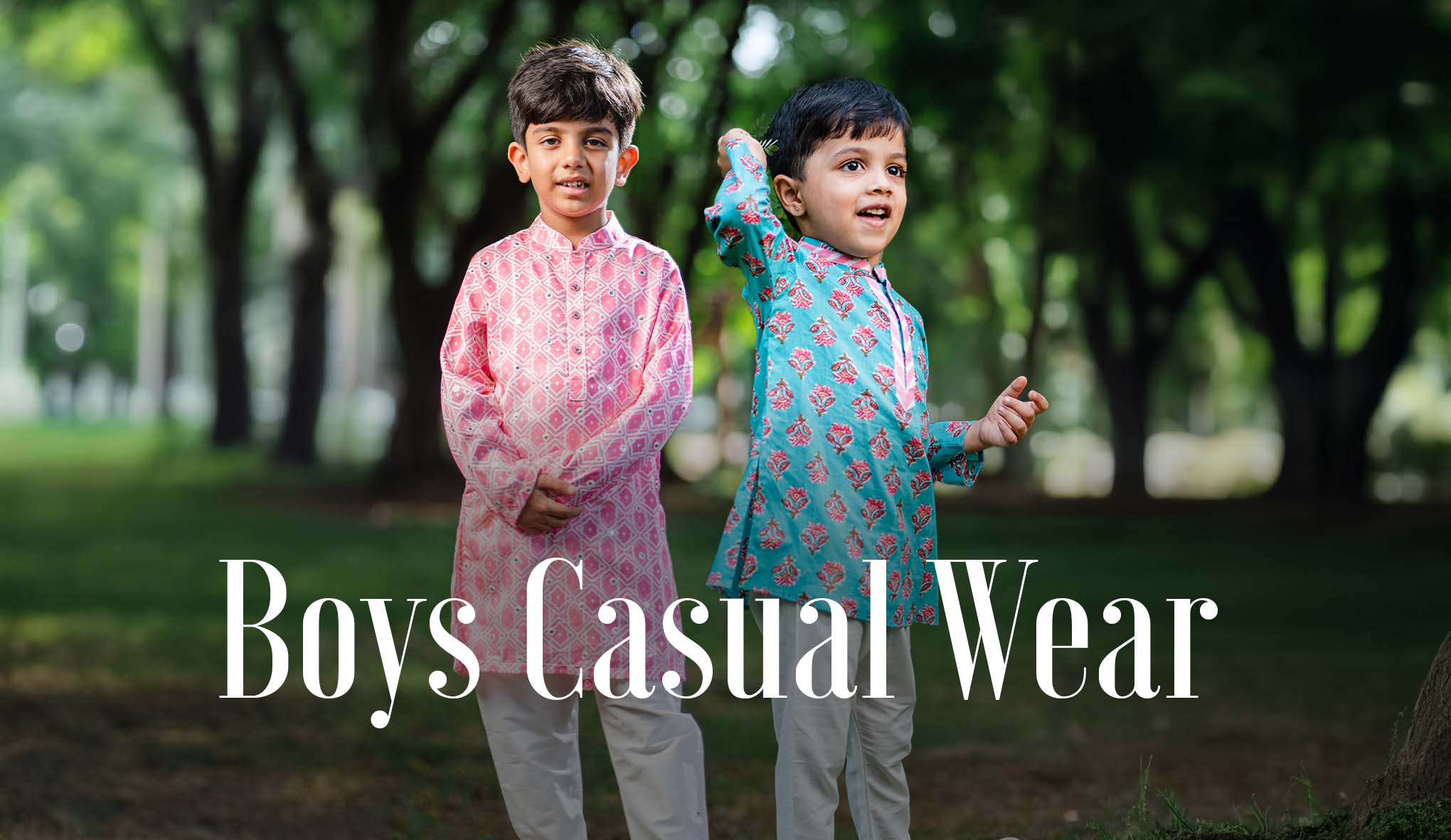
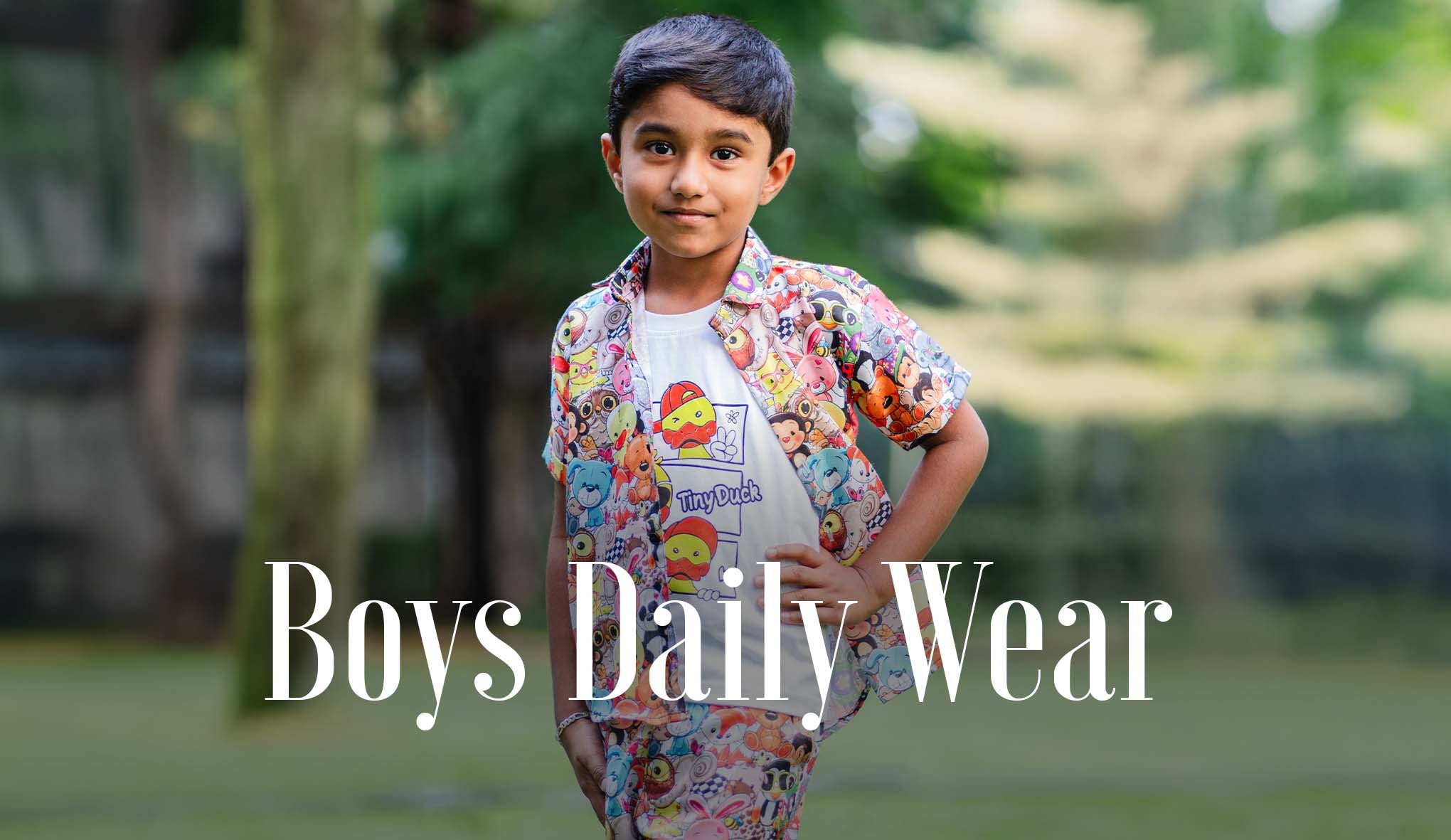
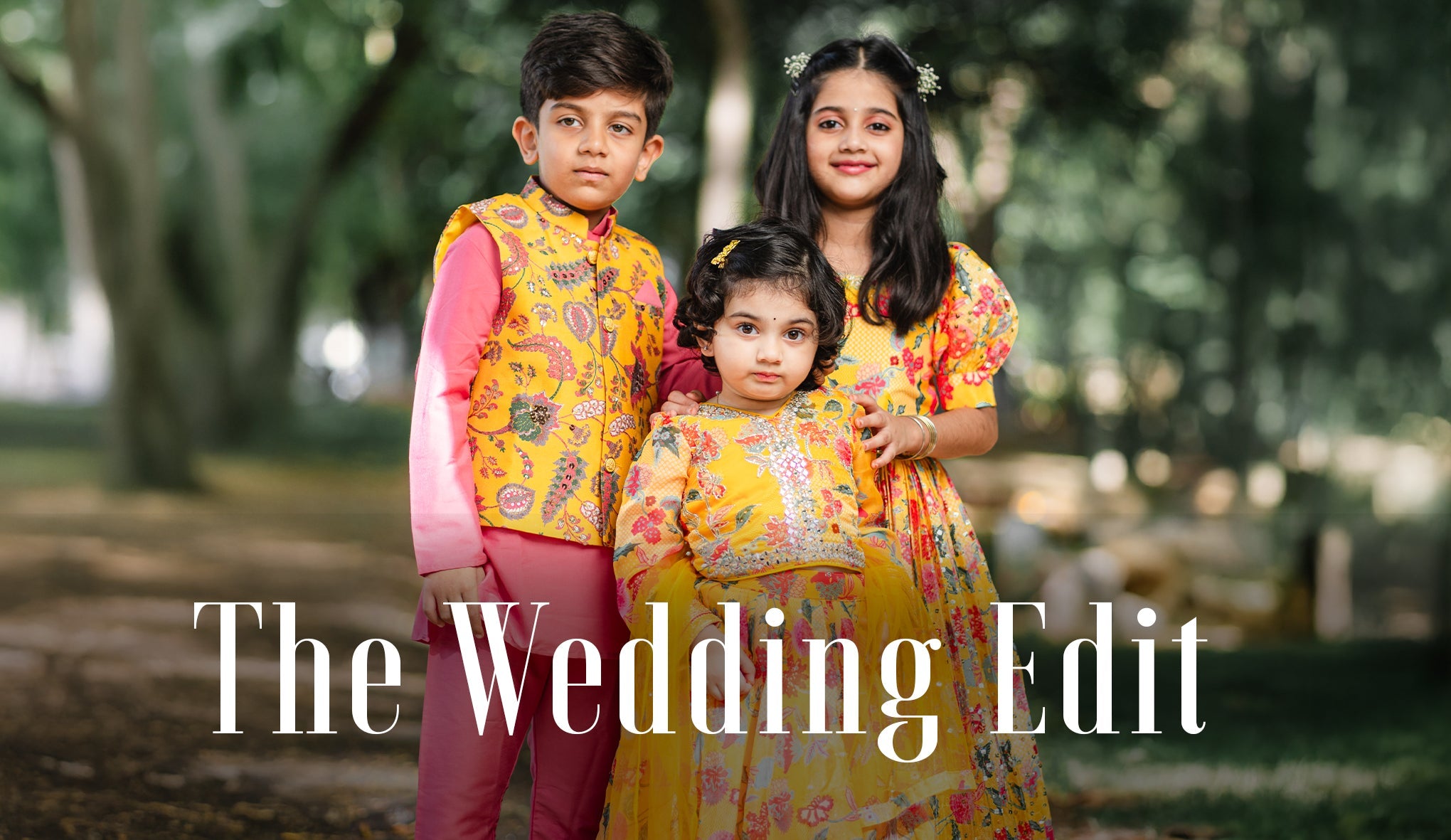
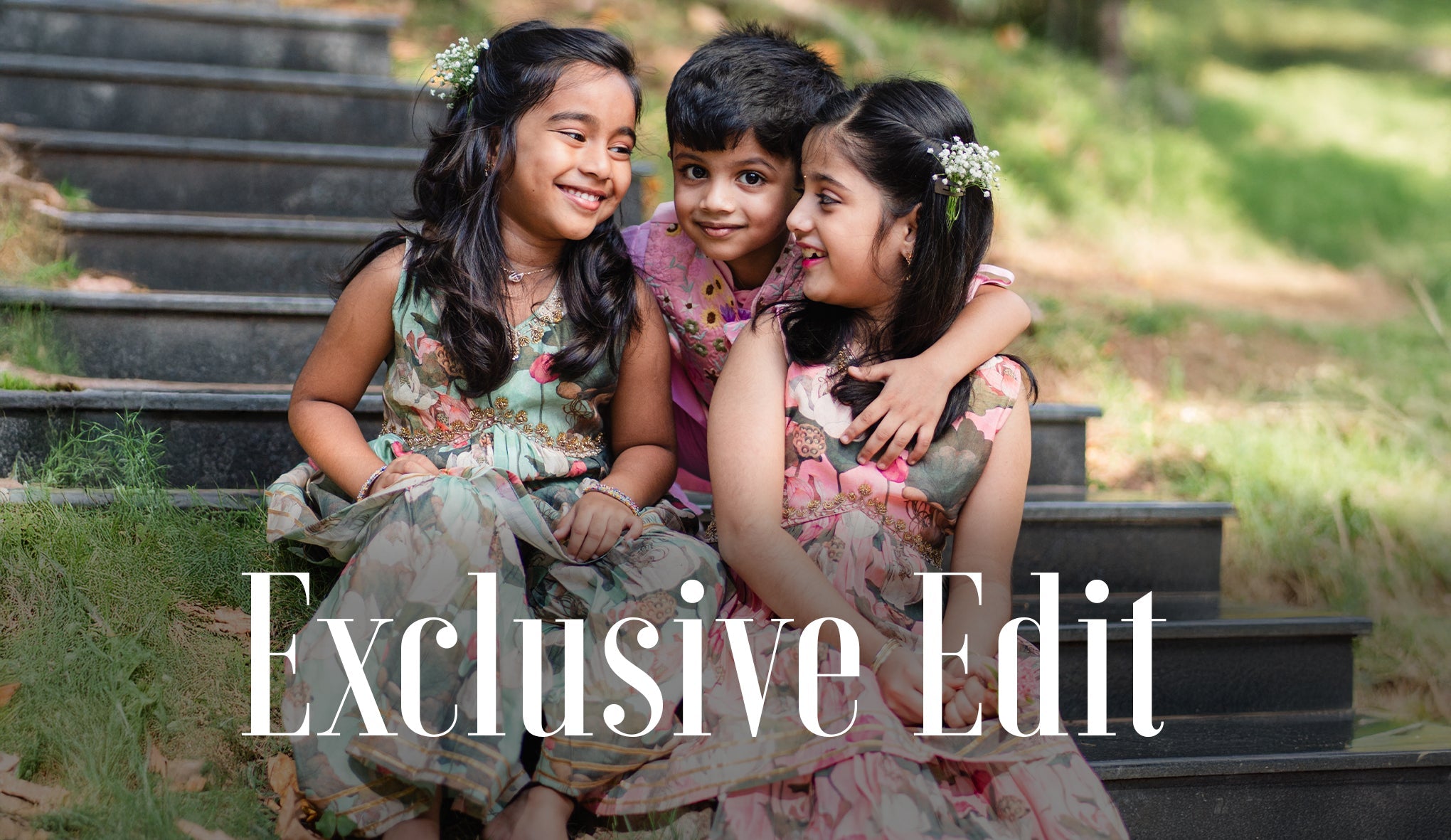
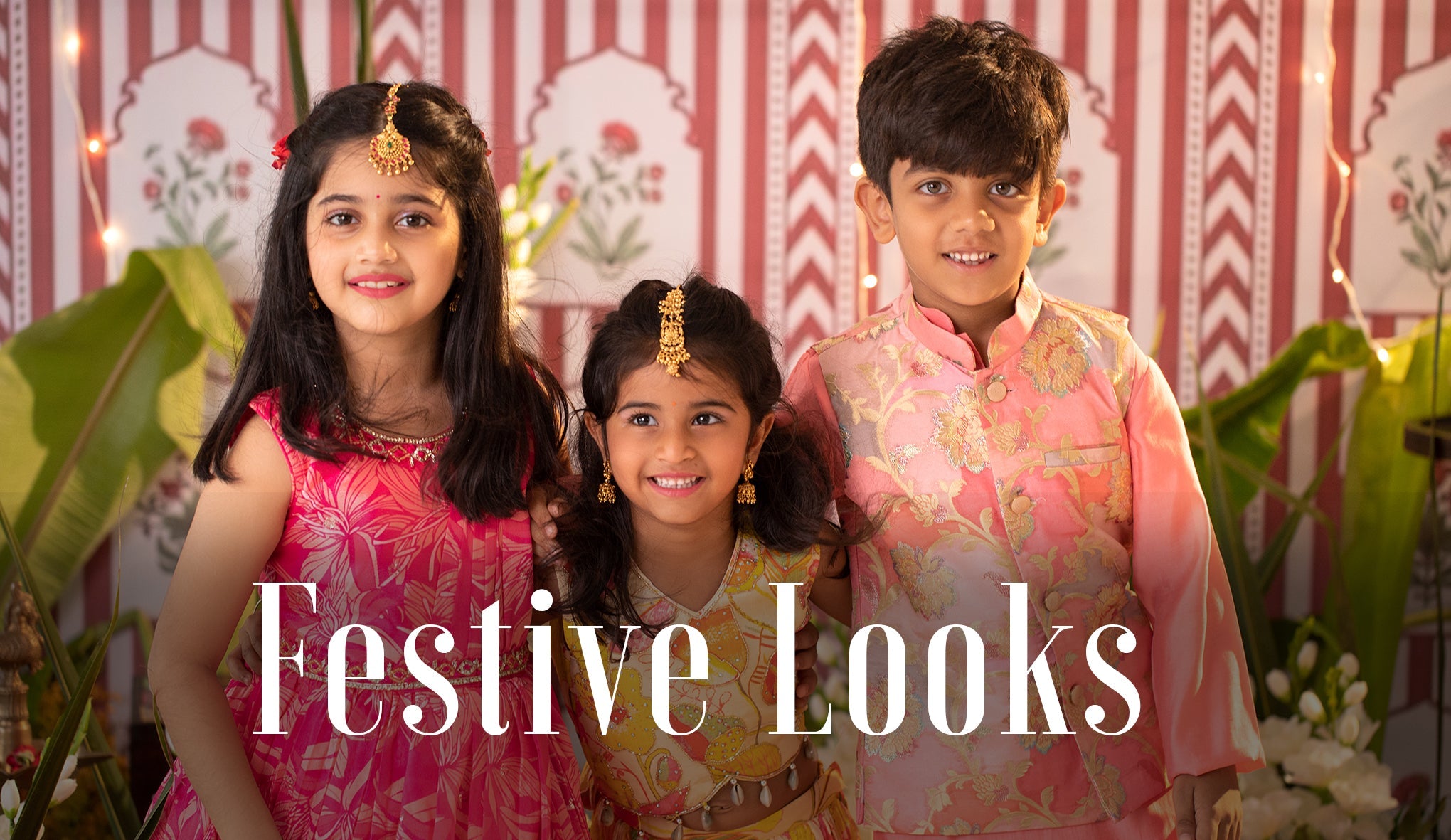
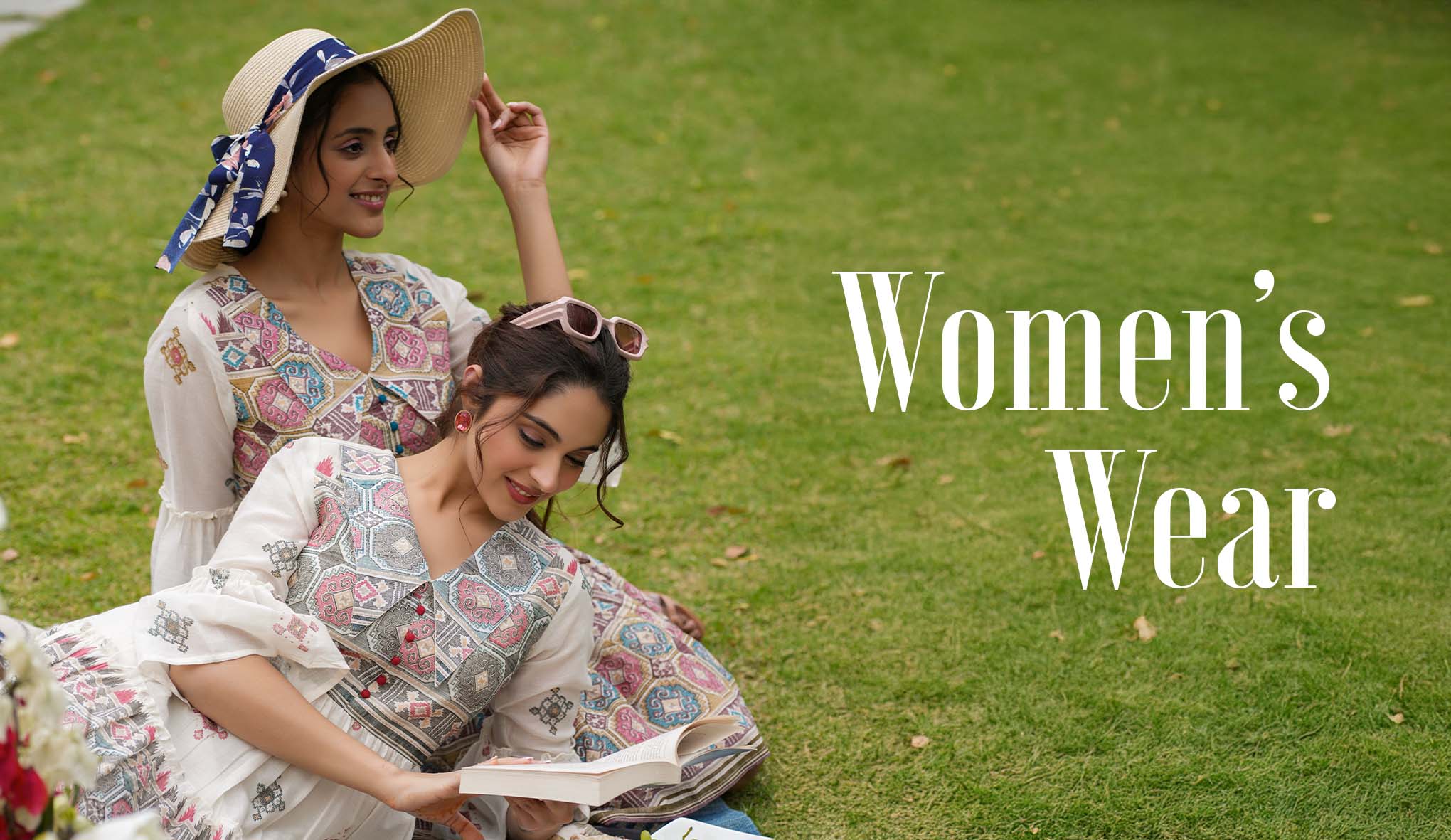
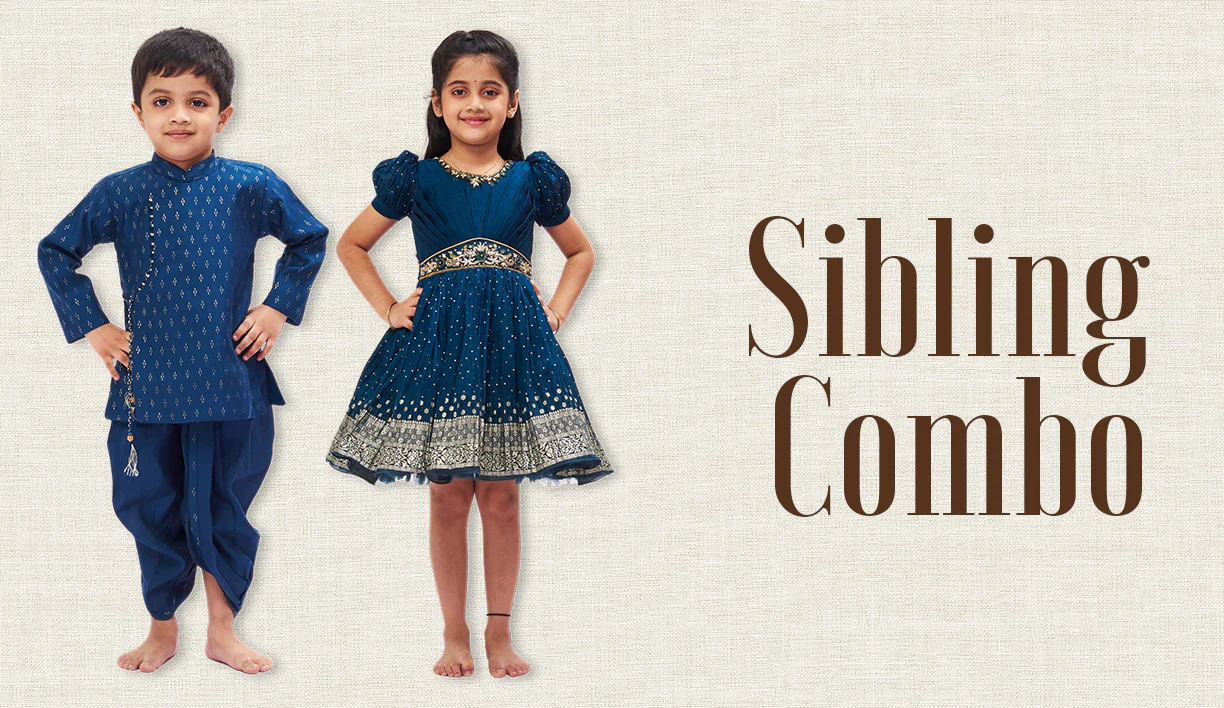
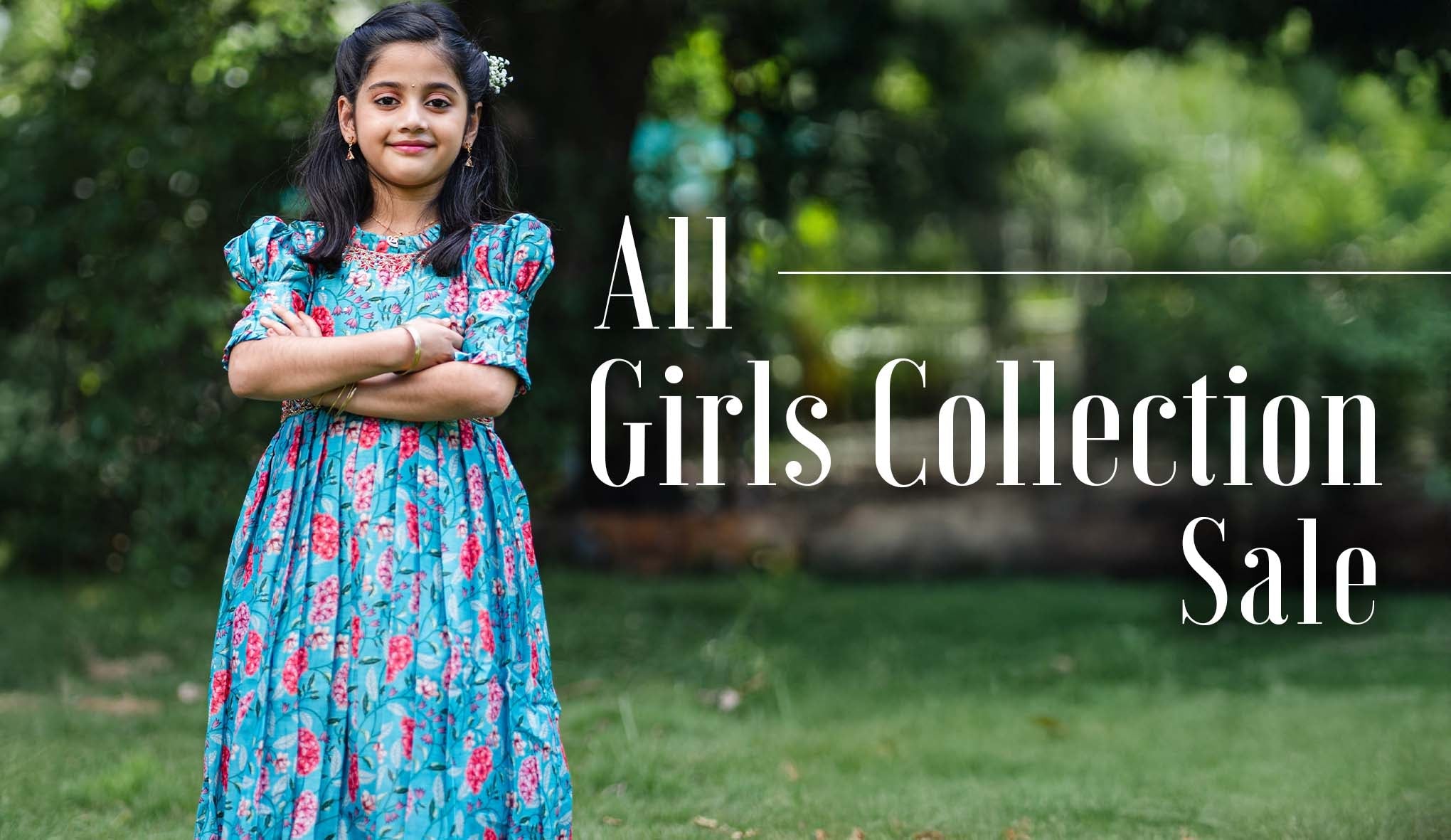
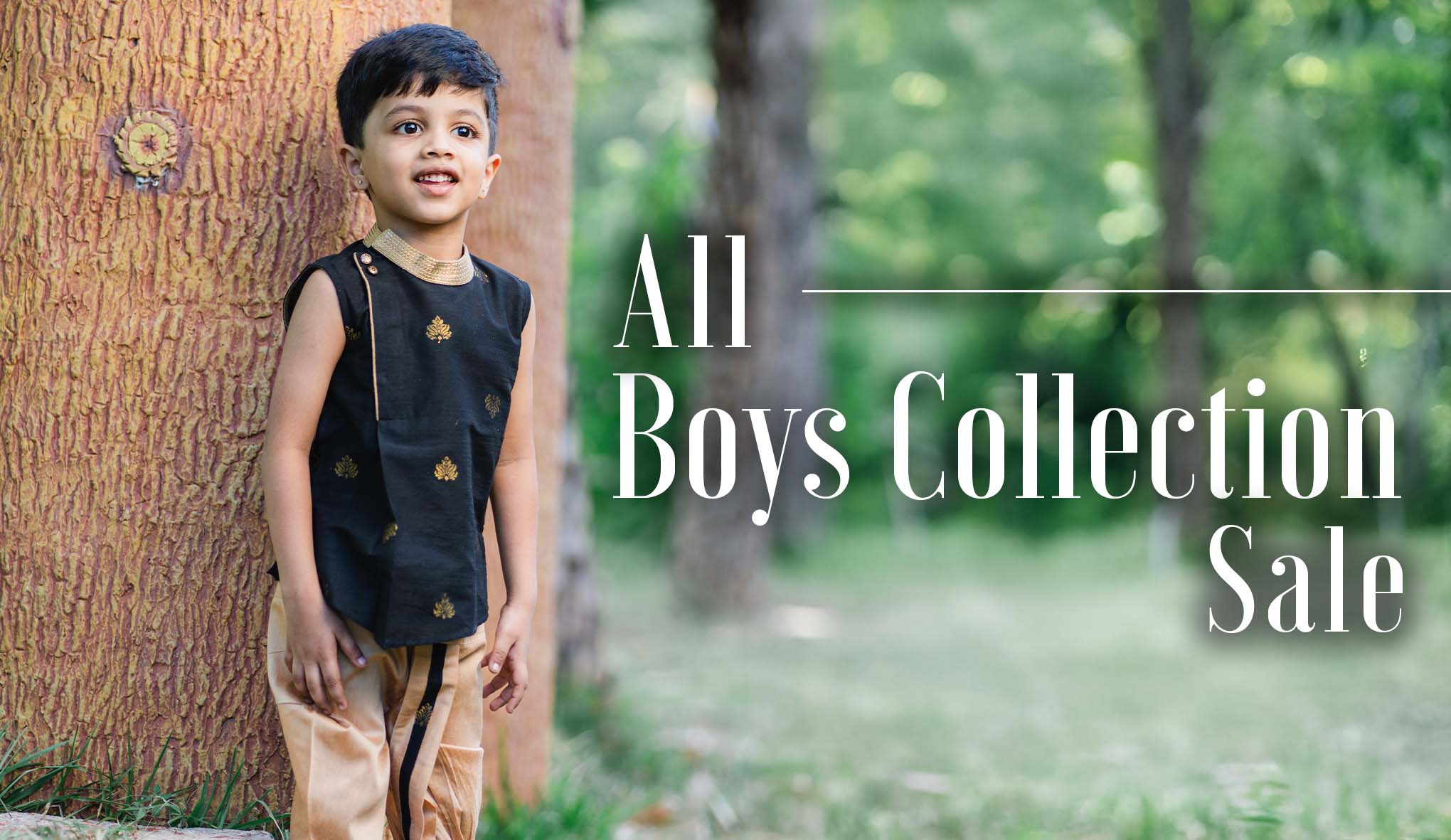
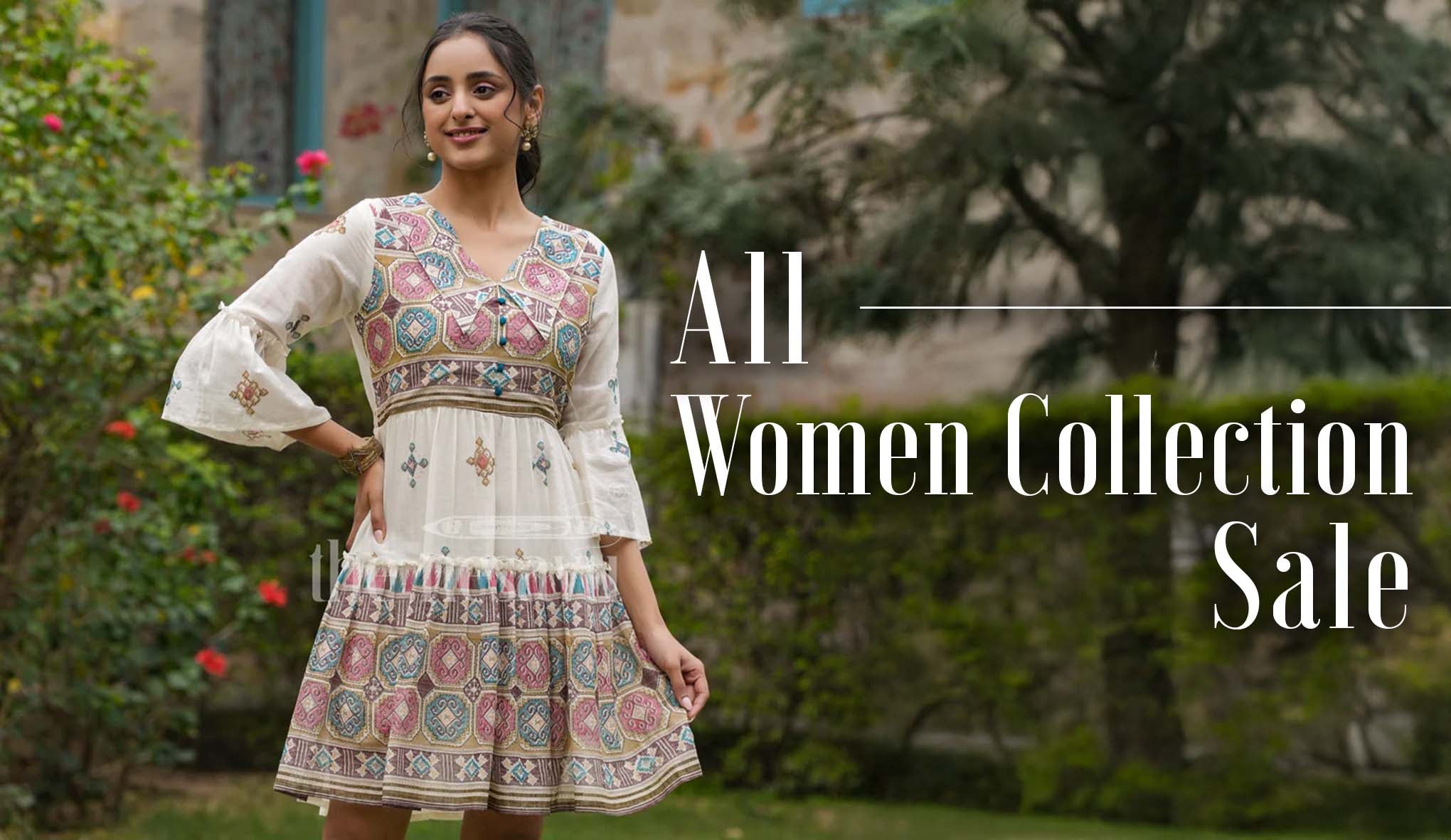
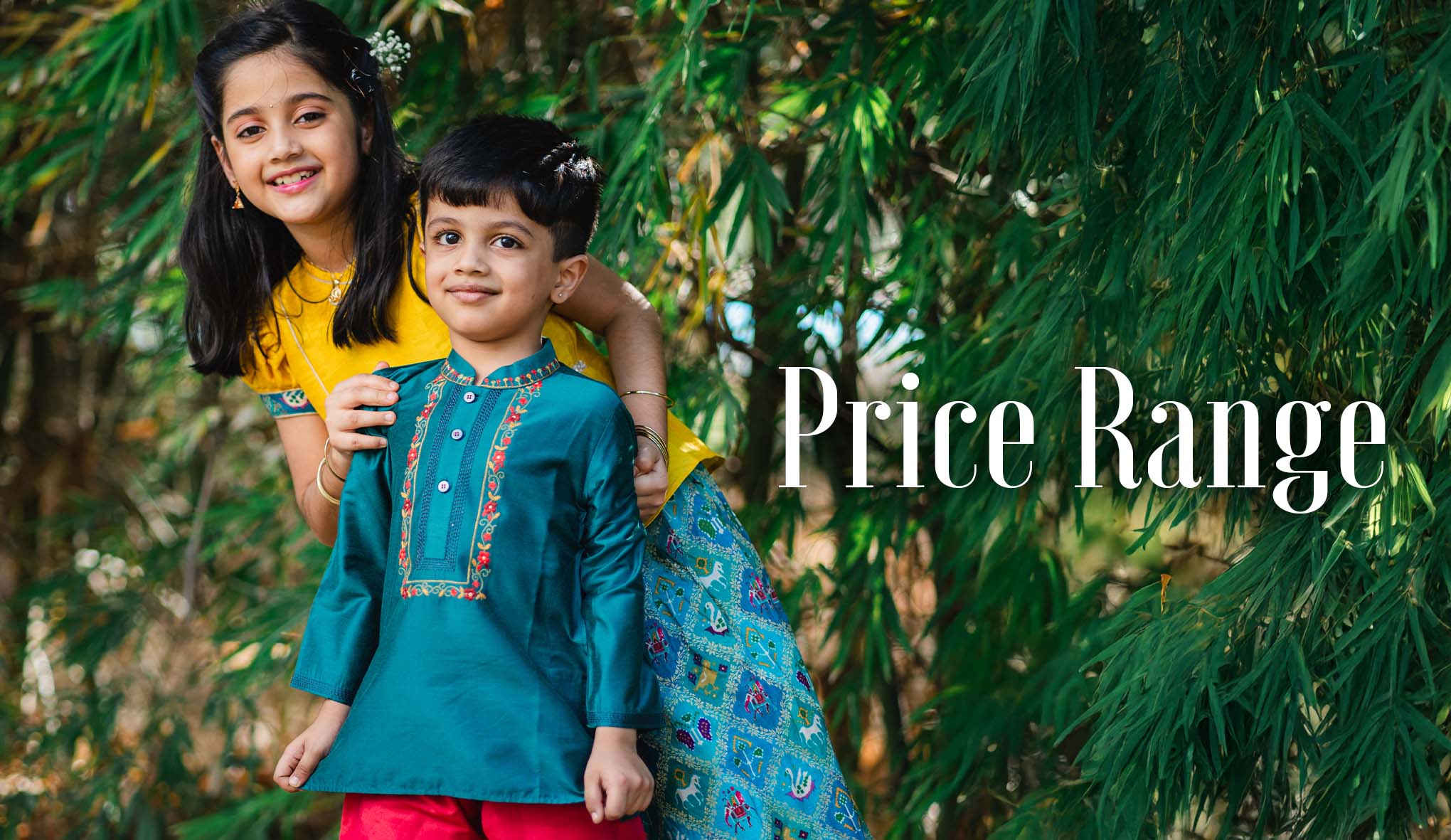
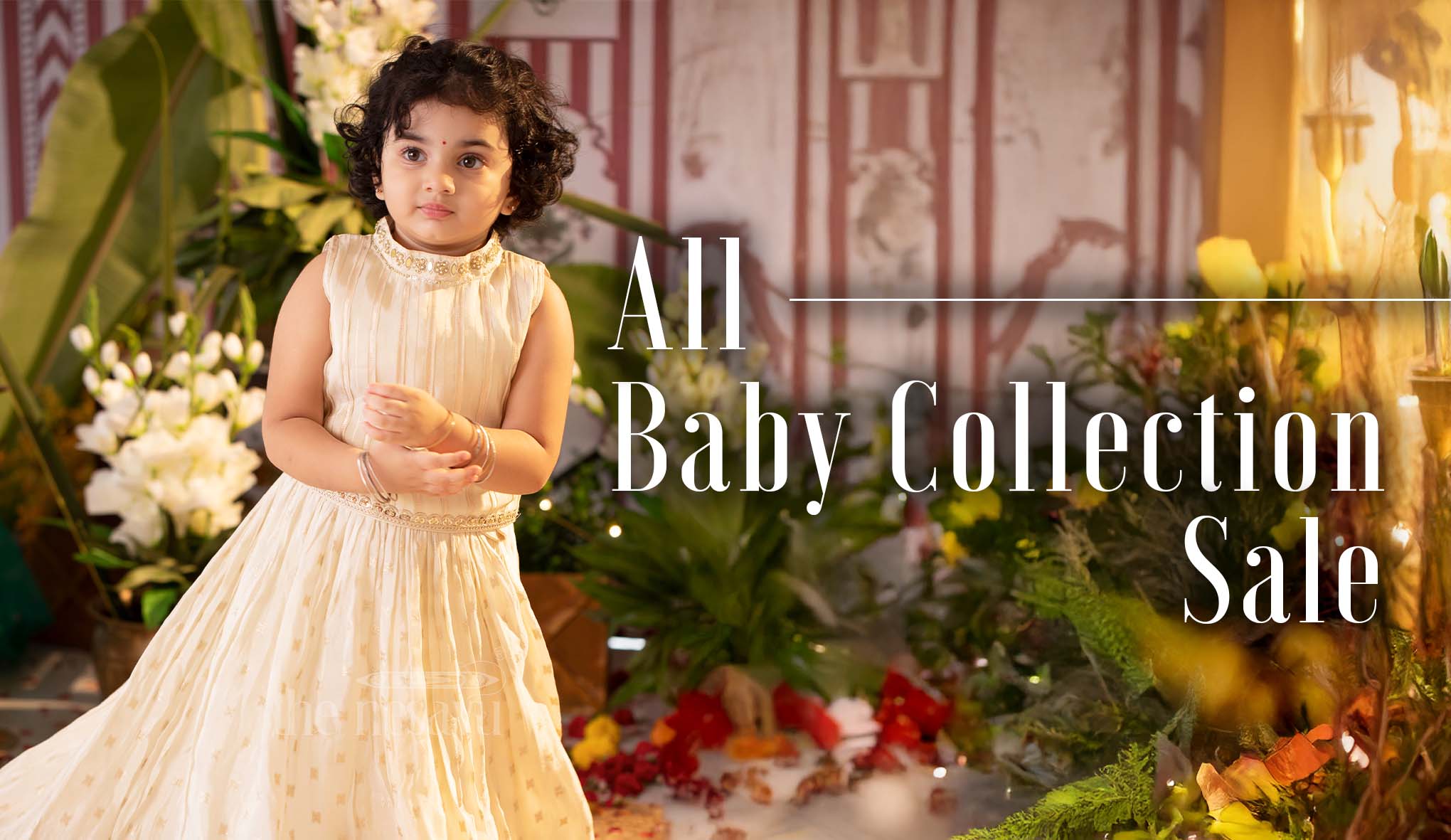
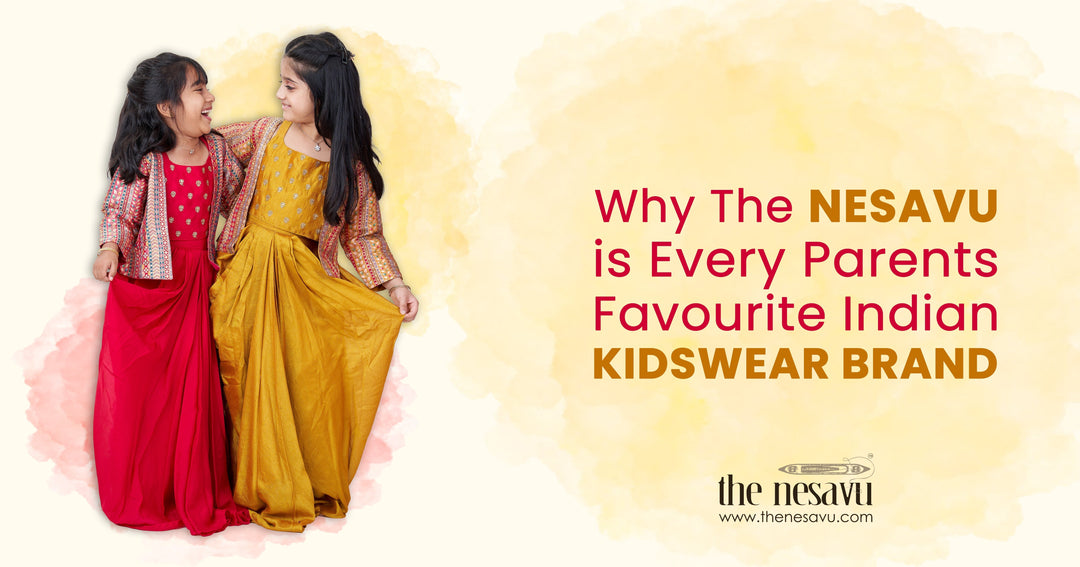


Leave a comment